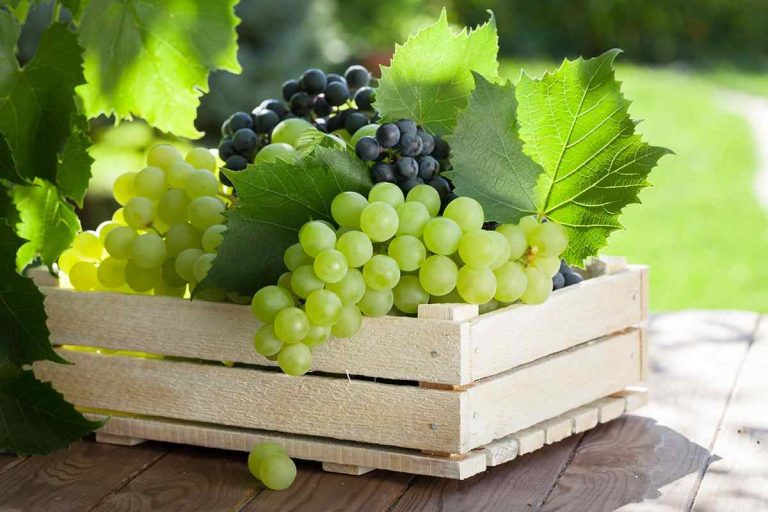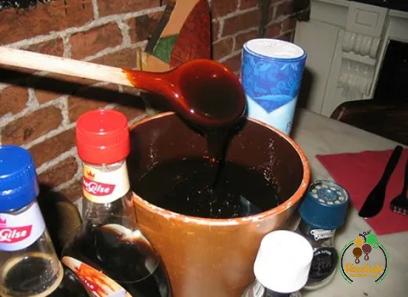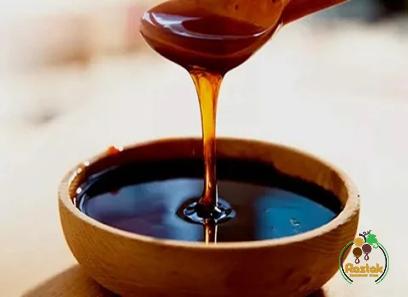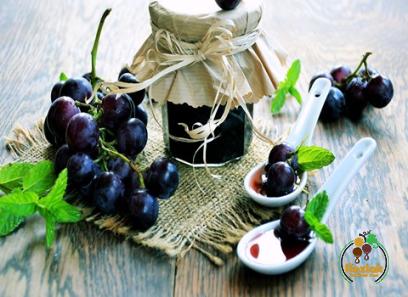Come and how to make raisins from grapes. The technology of starting the export of raisins from grapes with their own hands for business. What types of berries are suitable for making raisins?
Raisins are dried grapes that are used as a food ingredient in confectionery, bread, beverages and as a separate dried fruit. Raisins are often found in breakfast cereals, muesli and cereals. Raisins are mainly used in cooking in Middle Eastern and Mediterranean countries.
Composition of raisins:
If raisins are produced by drying grapes, they retain many of the beneficial vitamins and minerals found in grapes. The chemical composition of raisins is not much different from grapes.
Some of the minerals in raisins are: potassium, phosphorus, calcium, magnesium, sodium, iron and zinc. Raisins are also rich in vitamins including: B group vitamins (B1, B2, B3, B5, B6, B9), vitamin C, tocopherol E, vitamin K.

Vitamins and minerals in raisins are essential for the normal functioning of the body. For this reason, raisins are nutritious and healthy for humans.
The calorie content of raisins is 265 kcal per 100 grams of product.
Types of grapes:
Raisins can be divided into 4 types, each of which is different in terms of color, size and number of seeds.
Small and Light Seedless Raisin – This type of raisin is made from white and green raisins. These raisins are dried in the shade or in the sun. In the first case, the raisin is called soy, and in the second case, it is called boduna.
This type of raisin contains a lot of sugar, it is very tasty and nutritious. It is especially useful for those who have a weak system to restore vitality and energy. This type of raisin has proven to be an ingredient for baking and pastry making because of its excellent taste.
Dark raisins are a classic variety made from black grapes. It is prepared by drying in the sun. Shagan and Avlon varieties are obtained without deformation by simple drying in the sun. The German variety is obtained by drying the best black grapes that have already been cooked with alkali.
Dark raisins contain the most nutrients, so they can be the most useful for the body. It has a slightly dry and sweet taste and a dark blue color. Dark raisins add a nutmeg flavor to baked goods when used in cooking.
Light grapes – a classic medium grape obtained from the withering of light grapes. It was more common in the Soviet Union than in the Soviet Union. Due to the presence of bone, it contains additional beneficial elements. Some people have richer taste.
It is only used in the bakery and bread industry, but straw is used in other foods such as rice, stuffed chicken, compote.
Large Multi-seeded Raisin – This type of raisin is made from lady finger raisin or German raisin. It is the sweetest and meatiest grape. After drying, it takes on a slightly amber color.

This raisin is used in many culinary fields. As filtered and added to baked goods or curd mass or used whole in a fruit drink or compote. It should be noted that it retains its beautiful color and rich taste even after boiling.
Grape production technology passed:
Raisins are obtained naturally both by drying in the sun and by artificial temperatures and chemical treatments. Natural raisins are less palatable due to exposure to the environment, but since they are not artificially processed, they have more beneficial properties.
Raisins are naturally produced mainly in the Mediterranean, South Australia, California and Asia Minor, where conditions are favorable for growing and drying the grapes. Natural raisin production technology includes 7 steps:
The grapes are harvested and placed in trays that are placed between the beds for 3 weeks. Some types of grapes are immersed in an alkaline solution for a few seconds to improve their properties.
Raisins are transferred to boxes, where they are transported to factories.
In the factories, the raisins are placed on a conveyor belt where the slab stones are cleaned, washed from the ground and further processed.
grapes so if
For hair: change the position of the plate to dry evenly.
After the berries are completely dry, store them in a well-ventilated place. Therefore, all the grapes are processed and the drying time depends on the specific type and the power of the machine. In most cases, the entire process takes less than 48 hours.

Alkaline method
You can also make raisins at home using the alkaline method. In this case, you need to prepare the raisins by placing them in a baking soda solution or sulphuring them.
10 liters of water need at least 40 grams of soda powder. After treatment with one of your chosen methods, the berries are washed in cold water, dried and hung indoors on vines.
A drawer should be placed under it so that the raisins fall quickly. During this drying, the sun’s rays should not hit the grapes. Grapes may lose their value.
This drying option is faster than exposure to sunlight and saves approximately 3-4 times the time.
How do you know the raisins are ready?
Raisin readiness is determined based on the moisture level of the raisin. To do this, it is enough to press the berries or press them with your fingers. If the raisin is completely dry, it will not give juice.
It is stored as long as possible without losing the desired properties and taste… Regardless of the chosen method, if drying is carried out according to all the rules, it will be a product.
We are used to seeing fresh grapes in shops and supermarkets. There are different types and flavors. Not everyone knows that not only the berries of this plant, but also the leaves can be used.
They are used in the kitchen, cosmetics and at home in dry, freshly picked, boiled and brewed forms. In the following, we talk about the benefits of grape leaves for humans, the difficulty of preparation and recipes. will do

Plant characteristics
Fruits vary considerably between grape varieties, but most grape varieties share leaves in common: they are three-lobed or five-lobed. Depending on the variety, the leaves are almost completely open. The margins are covered with teeth and the veins are significantly protruding.
The pulp is not thin and fleshy, so it does not take much water from the vine. The color varies from light green to juicy green with golden spots. Color saturation increases with age.
The leaves protect the fruit from hail, heavy rain and heat and retain their elasticity for a long time. They are small, medium and large, older bushes become larger.
Important! Grape leaves should be harvested for the winter in mid-June or early July. Once the vines have flowered, they are perfectly tender and delicious to cook with enough nutrients to provide maximum benefit.
Useful features
The benefits of this product are due to its vitamin compounds.
It contains the most fat-soluble vitamin K and retinol. These vitamins play a role in hematopoietic function, strengthen the cardiovascular system and prevent the formation of sclerotic plaques.











Your comment submitted.